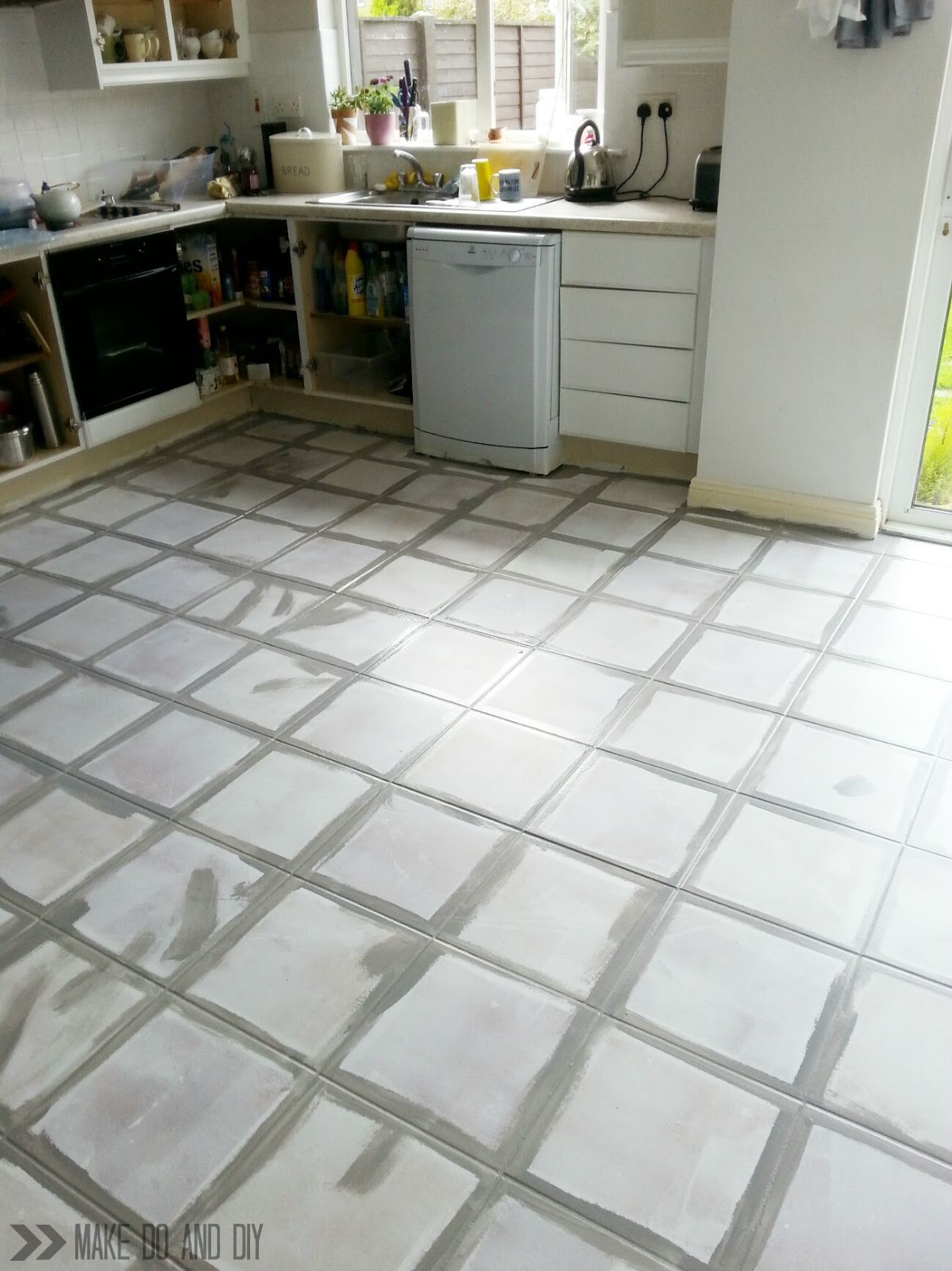Bathroom Tile Makeover Simplifying Renovations

Renovating a bathroom can feel like a daunting task. The thought of demolition, dust, and debris can be enough to postpone the project indefinitely. But what if there was a simpler way? Could you, perhaps, lay new tile directly over the existing bathroom tiles? This is a question many homeowners ponder, and exploring this possibility can open doors to a less disruptive and potentially more affordable bathroom refresh.
The idea of placing new tiles atop old ones is appealing for its potential to save time and effort. Demolition is a messy and time-consuming process. Skipping this step can significantly shorten the renovation timeline. However, the decision to tile over existing bathroom tile isn't always straightforward. Several factors influence whether this approach is suitable for your specific situation. Understanding these factors is crucial for a successful and long-lasting result.
Historically, tiling over existing tiles wasn't a common practice. Traditional methods emphasized proper surface preparation, which involved removing the old tile to ensure a solid foundation for the new. However, with advancements in tile adhesives and preparation techniques, laying tile over tile has become a viable option in certain situations. The key is proper assessment and preparation. This involves evaluating the condition of the existing tiles, checking for cracks, loose tiles, and ensuring a level surface.
The primary concern when tiling over existing bathroom tiles is the added height. This can affect door clearances, transitions to other flooring, and the overall aesthetics of the space. Additionally, the existing tile must be securely bonded to the substrate. Loose tiles will create an unstable base for the new tile, leading to cracks and potential failure of the new tile installation. Moisture is another critical factor to consider, especially in a bathroom environment. Properly waterproofing the substrate is essential, regardless of whether you're tiling over existing tiles or starting from scratch.
Before embarking on a tiling project, carefully assess the existing tile surface. Check for any loose or damaged tiles. Tap each tile to listen for a hollow sound, indicating a loose tile. Repair or replace any damaged areas before proceeding. Ensure the surface is clean and free of any debris, soap scum, or mildew. A clean surface ensures proper adhesion of the new tile adhesive.
One of the primary benefits of tiling over existing bathroom tile is time savings. By eliminating the demolition phase, you significantly reduce the project's overall duration. This translates to less disruption to your daily routine and a faster completion of the renovation.
Another advantage is cost reduction. Demolition not only takes time but also incurs costs for labor and disposal. By skipping this step, you can save money on these expenses.
A third benefit is reduced mess and dust. Demolition creates a significant amount of dust and debris. Tiling over existing tile minimizes this mess, making the renovation process much cleaner and less disruptive.
Advantages and Disadvantages of Tiling Over Existing Bathroom Tile
| Advantages | Disadvantages |
|---|---|
| Saves time | Increases floor height |
| Reduces cost | May not be suitable for all surfaces |
| Minimizes mess | Can hide underlying problems |
Best Practices
1. Thorough Inspection: Inspect the existing tiles for cracks, loose tiles, and uneven surfaces. Address any issues before proceeding.
2. Clean the Surface: Clean the tiles thoroughly to remove any dirt, grime, or soap scum to ensure proper adhesion.
3. Use a Suitable Adhesive: Use a high-quality tile adhesive specifically designed for tiling over tile.
4. Prime the Surface: Apply a primer to improve adhesion and prevent moisture issues.
5. Consider Height Changes: Account for the increased height and ensure it doesn't create problems with door clearances or transitions.
FAQs
1. Can you tile over any type of tile? Not all tile surfaces are suitable. Consult a professional for assessment.
2. Do I need to prime the existing tiles? Priming is recommended for improved adhesion.
3. How much height will be added? The added height depends on the thickness of the new tile and adhesive.
4. Is tiling over existing tile a permanent solution? With proper preparation and installation, it can be a long-lasting solution.
5. What type of adhesive should I use? Consult with a tile professional for recommendations.
6. How do I deal with uneven surfaces? A leveling compound can be used to create a flat surface.
7. Can I tile over cracked tiles? Cracked tiles should be repaired or replaced before tiling over them.
8. Is it cheaper to tile over existing tiles? It can be less expensive than full demolition and re-tiling.
In conclusion, the decision to tile over existing bathroom tiles presents both advantages and challenges. Careful consideration of the existing tile's condition, the added height, and proper surface preparation are essential for success. By understanding the factors involved, and following best practices, you can determine if tiling over existing tiles is the right approach for your bathroom renovation. This method can offer a significant time and cost savings, resulting in a beautifully updated bathroom with less disruption. Remember to always consult with a professional if you have any doubts or uncertainties. This will ensure a successful and long-lasting result that transforms your bathroom into a space you can enjoy for years to come.
A loving aunts complete saga exploring every episode
Dolphin fin behr paint reviews tips and achieving a flawless finish
Skip skip when does the fun begin a deep dive












